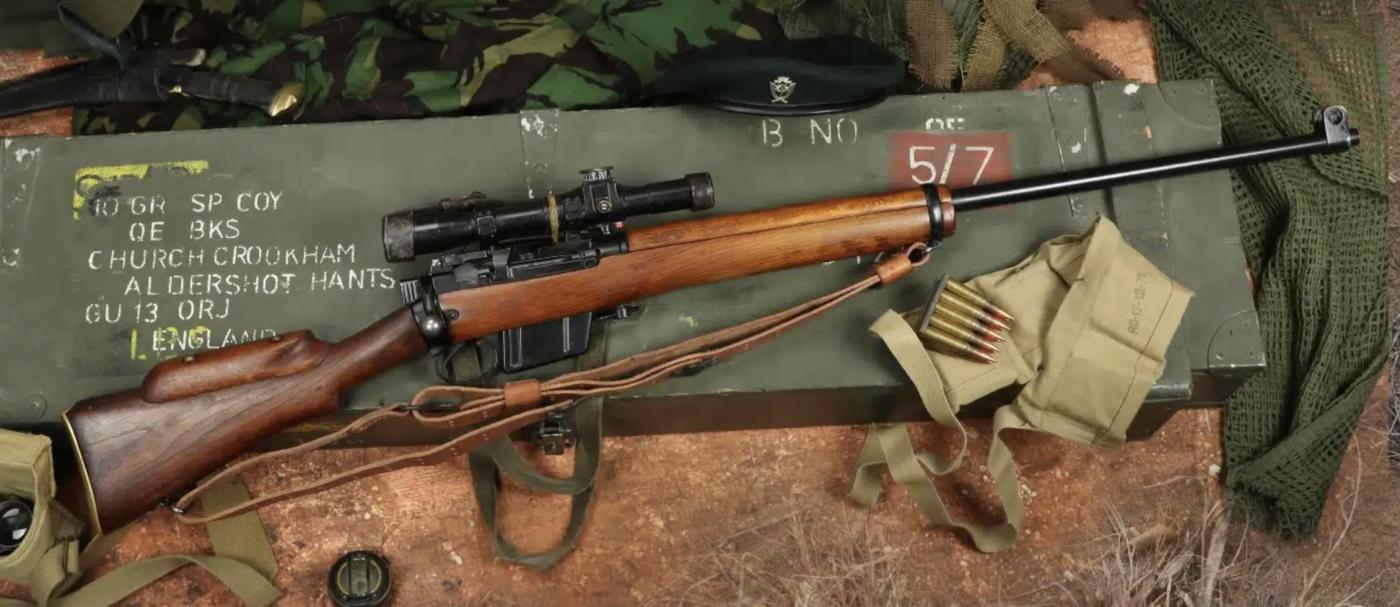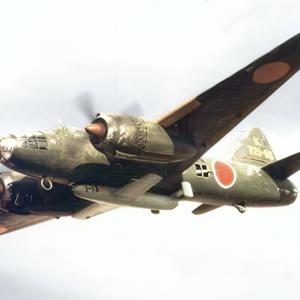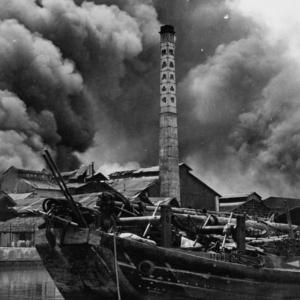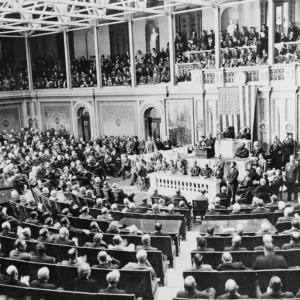
British sniper rifle L421A1
The British L42A1 sniper rifle is a significant milestone in the history of military marksmanship and represents the final chapter in the long and distinguished lineage of the Lee-Enfield rifles. Developed in the late 1960s and entering official service in 1970, the L42A1 was a modernization of the earlier No. 4 Mk I(T) sniper rifle, which had proven its worth during World War II. This modern version was designed to align with NATO standards, notably by adopting the 7.62×51mm NATO cartridge, which was rapidly becoming the standard rifle round among NATO forces.
The initiative to develop the L42A1 came from the British Ministry of Defence, which saw the need to update the aging sniper rifles in service with a more powerful and consistent platform. The task of converting approximately 1,080 existing No. 4 Mk I(T) rifles was given to the Royal Small Arms Factory (RSAF) at Enfield, London. These conversions involved extensive modifications while maintaining the core of the Lee-Enfield bolt action, known for its strength and rapid cycling. One of the most important changes was the installation of a heavy-profile, hammer-forged barrel designed to provide better harmonics and improved long-range accuracy. The new barrel was free-floating, which further contributed to consistent performance.
A significant upgrade was made to the optical sights. The original World War II-era No. 32 Mk III scopes were refurbished and adapted to become the L1A1 scope, recalibrated for the ballistics of the new 7.62mm round. These 4x scopes were robust and featured a bullet drop compensator (BDC) dial marked for distance increments, allowing snipers to quickly adjust for elevation based on range. Each scope was hand-matched to its rifle, with serial numbers ensuring consistency in performance and maintenance. The L42A1 also included a new magazine compatible with the rimless NATO cartridge, holding 10 rounds. Its furniture, including the wooden stock and fore-end, was adjusted to accommodate the changes in barrel dimensions and heat dissipation requirements.
The L42A1 entered service during a period of global tension and saw action in multiple conflicts involving British forces. Its first major test came during the British Army’s operations in Northern Ireland during the Troubles. However, its most notable deployment occurred in 1982 during the Falklands War between the United Kingdom and Argentina. In that conflict, the rifle was used by several front-line units, including the Parachute Regiment (especially 2 PARA and 3 PARA), Royal Marines Commandos, and elements of the Special Air Service (SAS). The L42A1 provided accurate long-range fire in the rugged and open terrain of the Falkland Islands, where line-of-sight engagements were common and the ability to identify and eliminate enemy snipers was crucial. It played an important role in battles such as Mount Longdon and Goose Green, where British snipers provided overwatch and engaged Argentine forces in extended firefights.
Snipers equipped with the L42A1 were trained to operate independently or in small reconnaissance teams. The rifle’s effective range was approximately 800 to 1,000 yards, although skilled marksmen could achieve hits at longer distances under optimal conditions. The accuracy of the L42A1, while not up to the standards of modern precision rifles, was nonetheless excellent for its era. Sub-MOA (minute of angle) accuracy was achievable with quality ammunition and a well-maintained rifle. The standard sniper ammunition issued was the 7.62×51mm NATO L42 ball round, but in some cases, match-grade ammunition was issued to enhance precision. Some L42A1 units were also issued with spotting scopes such as the L11A1 telescope, used by spotters to assist the sniper in rangefinding and wind calls.
Despite its effectiveness, by the mid-1980s the L42A1 had reached the end of its service life. Advances in sniper rifle design, optics, and materials led to the development of new platforms better suited to modern battlefield requirements. In 1985, the British military began replacing the L42A1 with the Accuracy International L96A1, a bolt-action rifle purpose-built for precision shooting and chambered in the same 7.62 NATO round but offering better ergonomics, modularity, and overall accuracy. The transition marked the end of the Lee-Enfield era in British service after more than 80 years of use.
Today, the L42A1 is remembered as a rugged and capable rifle that served British forces well during a transitional period in military sniping doctrine. It stands as a testament to the adaptability of the Lee-Enfield platform and remains a valued collector's item and historical artifact. Its design reflects both tradition and innovation, bridging the gap between the wood-and-steel rifles of the early 20th century and the precision instruments of the modern age. Enthusiasts and historians alike continue to study and appreciate the L42A1 for its role in British military history and its contributions to the evolving art of sniping.










